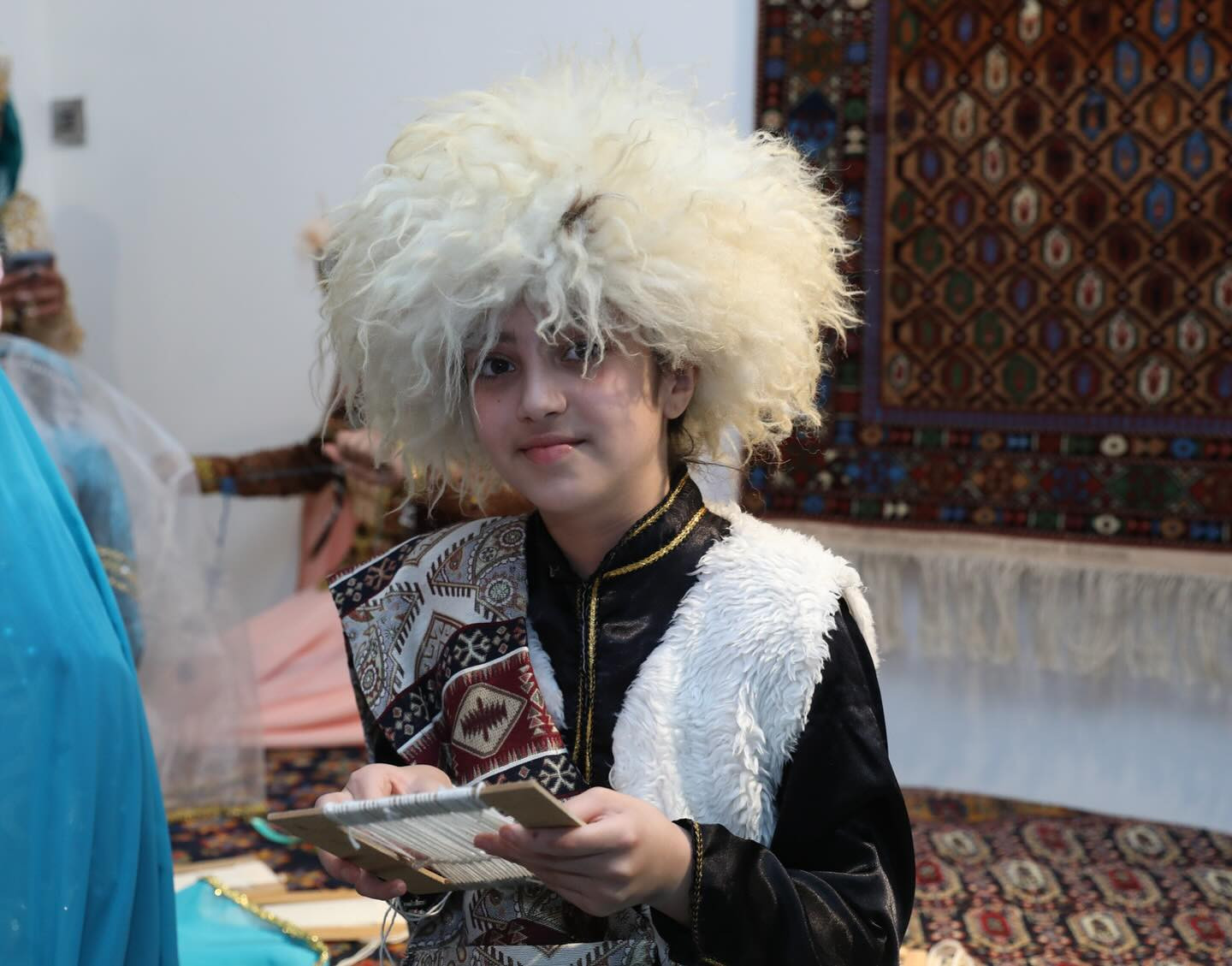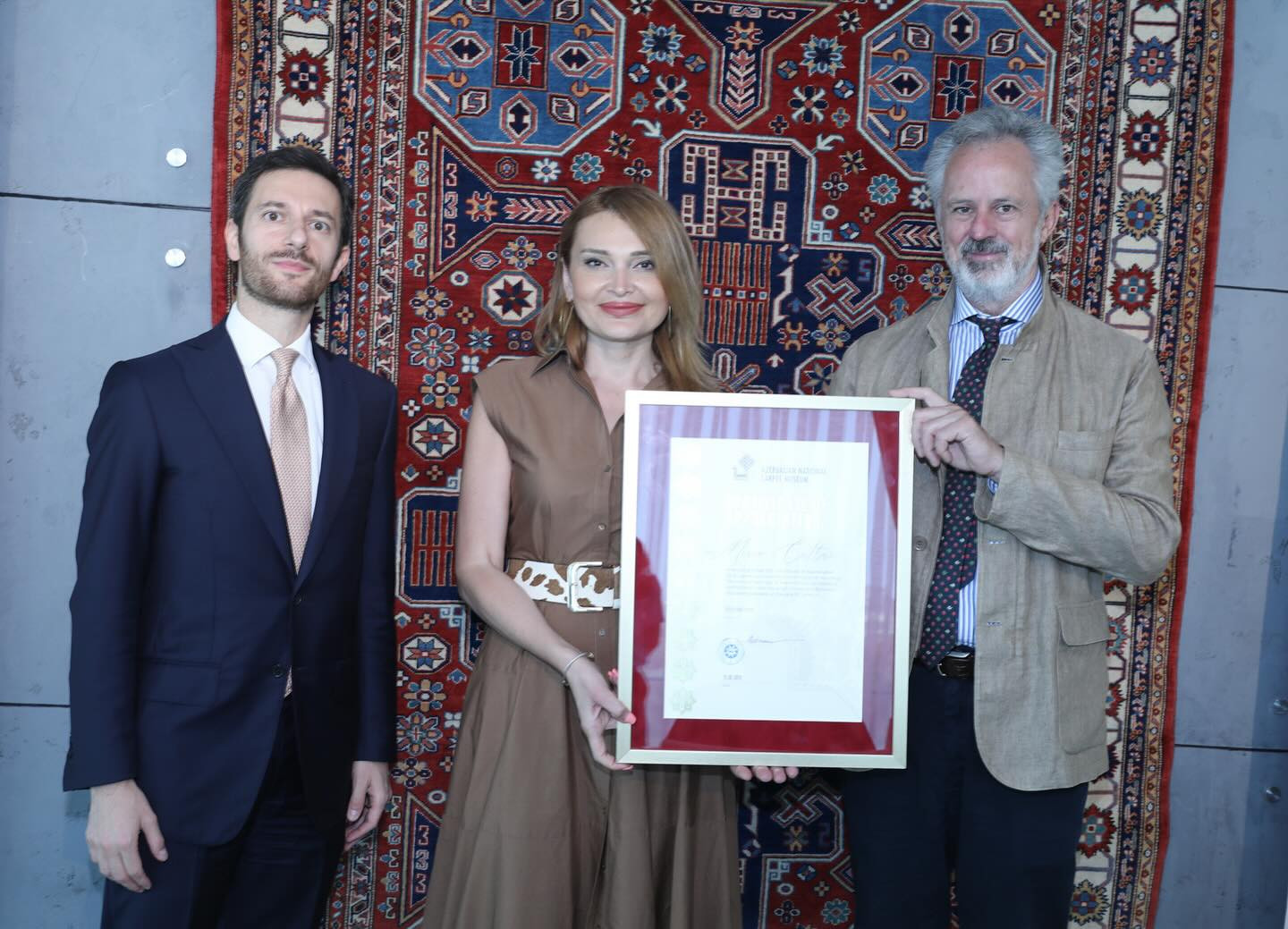Çul
Dəyərli izləyicilər!
Sizə “Xalça məmulatları” kolleksiyamızdan növbəti eksponatı-çulu təqdim edirik.
ÇUL.
Çul müxtəlif minik və ya yük daşıyan ev heyvanlarının (at, dəvə, eşşək, öküz və s.) belini örtmək, bəzən də bəzək üçün istehsal edilən bədii örtükdür. Azərbaycanda çul əsasən xovlu və xovsuz xalça texnikası, bəzən də tikmə (güləbətin, təkəlduz, cülmə) üsulu ilə istehsal olunur. Qışda çul heyvanları soyuqdan qoruyurdu. Orta əsrlərdə hökmdar və saray əyanlarının atları üçün xüsusi sifarişlə toxunan çullar yun, rəngbərəng ipək, bəzən də qızıl-gümüş saplardan hazırlanırdı. Çulların əksər bəzək ünsürləri hər bir xalçaçılıq bölgəsinə xarakterik olan ornamentlərdən ibarətdir. Abşeronda XIX əsrin sonunda zili texnikasında toxunulan çulun sakral işarə sistemi və ornitomorf təsvirləri ümumbəşəri mahiyyət və məzmun kəsb edir.
Çul. Bakı, Azərbaycan. XIX əsr.
Əriş, arğac – yun, naxış ipi – yun, pambıq.
Keçirtmə, dolama texnikası.
İnv. № 2029
Our next object from the museum's Carpet Products collection is CHUL. Let's learn more about it!
Chul is a decorative cover that was used to protect and decorate the backs of different beasts of burden (horses, camels, donkeys, and oxen). It was mainly made with pile and flat-weaving techniques and sometimes with embroidery techniques, such as gulabatin (goldwork embroidery), takalduz (chain stitch embroidery), and julma (loop embroidery).
In cold weather, a horse’s back was covered with a chul that was discarded when the weather became warmer. During the Middle Ages, a chul was made of wool, colored silk, sometimes gold and silver threads for the horses of rulers and court noblemen. The majority of its ornaments are characteristic of each particular region. The sacred signs, and ornithomorphic images of a 19th-century chul from Absheron, which was made using the technique for weaving a zili carpet, have meanings that illustrate universal values filled with deep content.
Chul. Baku, Azerbaijan. 19th century. Warp, weft - wool; patterning thread - wool, cotton. Interweaving, wrapping. Inv. No. 2029








